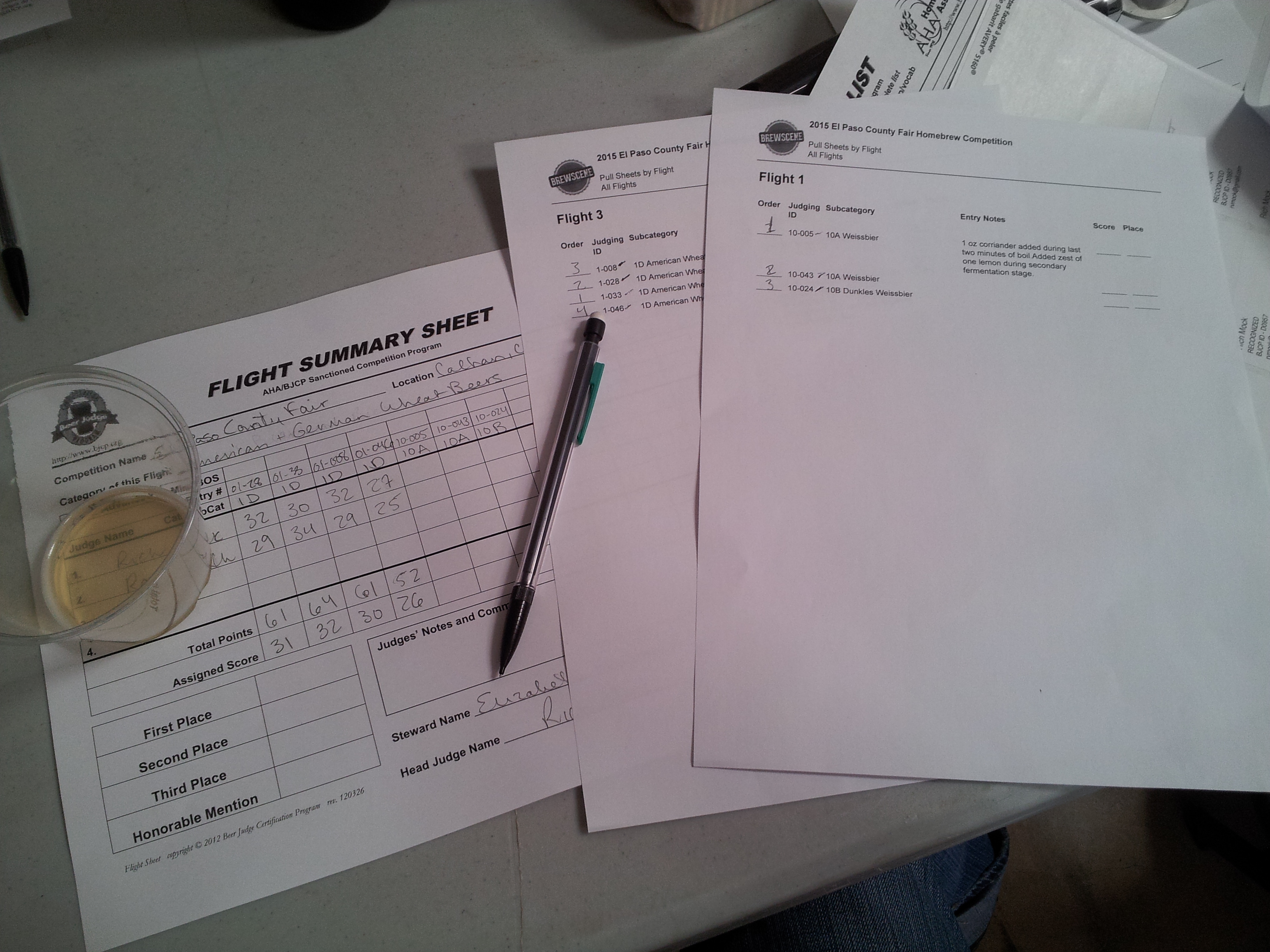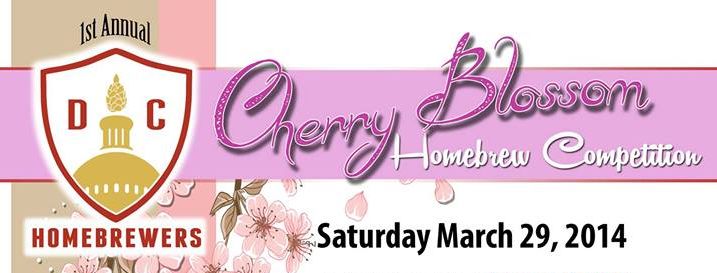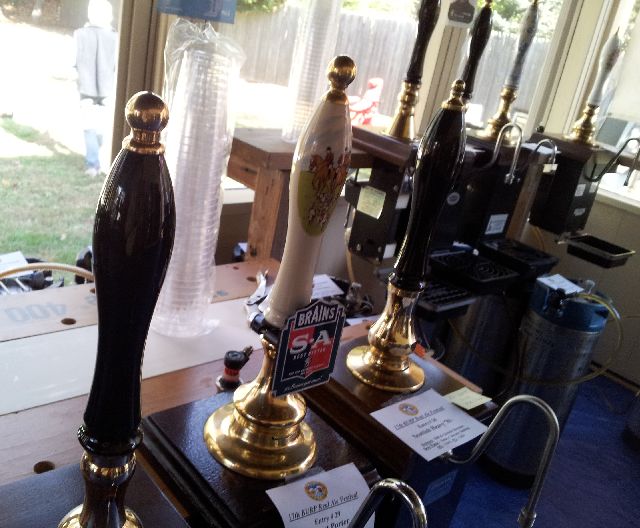This spring, my local homebrew club, DC Homebrewers, is hosting its first homebrew competition to be recognized by the American Homebrewers Association (disclosure: I currently serve as club vice president).
It started as a one-category, member-only, best-of-show type event. Now, the club is growing it to 24 different beer-style categories and opening registration to the public. As you can imagine, this size of event takes a team to organize, run, and judge. So I’m lending my expertise to help with the PR strategy and volunteer management. I’ll say more about this in the coming weeks, but here’s some information from the press release (entry registration is open until March 15):
This first annual DC Homebrewers Cherry Blossom Competition provides an opportunity for amateur brewers to show off and test their skills against other homebrewers in the area and across the region. Although not officially associated with the National Cherry Blossom Festival, the competition will be held on March 29 to coincide with the festival activities happening around Washington.
Once a small competition open only to club members, this year’s competition is recognized by the American Homebrewers Association (AHA). The judging team is certified through the AHA’s Beer Judge Certification Program (BJCP).
Brewers can enter their beers into 24 different beer-style categories, including a special category for beers containing a flower or its derivative, such as blossoms, fruit, or honey. Beers will be evaluated on elements such as aroma and flavor as well as relevance to the category and overall drinkability.
“I’m excited to offer a competition to homebrewers outside of DC Homebrewers and sanctioned by the AHA,” Competition Organizer Peter Jones says. “I can’t wait to see the creativity inspired by our cherry blossom category from local brewers. Go easy on the lavender!”
Homebrewers who wish to enter have until March 15 to register online at http://www.dchbcompetition.com (limit of two entries per person) and to submit three bottles of each entry.
Three local sponsors are serving as drop-off locations – MyLHBS (Falls Church, Va.), DC HomeBrew Shop (Washington, D.C.) and Maryland Homebrew (Columbia, Md.).
Entries can also be mailed to the DC HomeBrew Shop, but they must arrive by March 15 to be considered. See the competition website for details.
The judging event, sponsored by Meridian Pint, will occur on March 29, although it will not be open to the public.
Follow the club on Twitter (@dchomebrewers) for live tweets of the winners.
About DC Homebrewers
DC Homebrewers is a not-for-profit club comprised of homebrewers of all levels of experience in the Washington DC area. The goal of the club is to provide a forum for area homebrewers to exchange ideas, expand their knowledge of beer and brewing, and enjoy some homebrew. The club meets monthly in metro-accessible locations around the city and holds other events throughout the year including group brewing days, the annual Cherry Blossom Homebrewing Competition each spring, and an annual summer barbecue. DC Homebrewers has been supporting the local homebrewing scene since 2008. Visit dchomebrewers.com to learn more and sign up to receive updates. Follow us on Facebook or Twitter (@dchomebrewers).
 Homebrewers that enter or participate in competitions likely know that the Beer Judge Certification Program (BJCP) released new Beer Style Guidelines in May. I had the opportunity to test run the new guidelines a few weeks ago in a “summer beer” competition associated with the county fair. Here are my thoughts. Continue reading
Homebrewers that enter or participate in competitions likely know that the Beer Judge Certification Program (BJCP) released new Beer Style Guidelines in May. I had the opportunity to test run the new guidelines a few weeks ago in a “summer beer” competition associated with the county fair. Here are my thoughts. Continue reading





